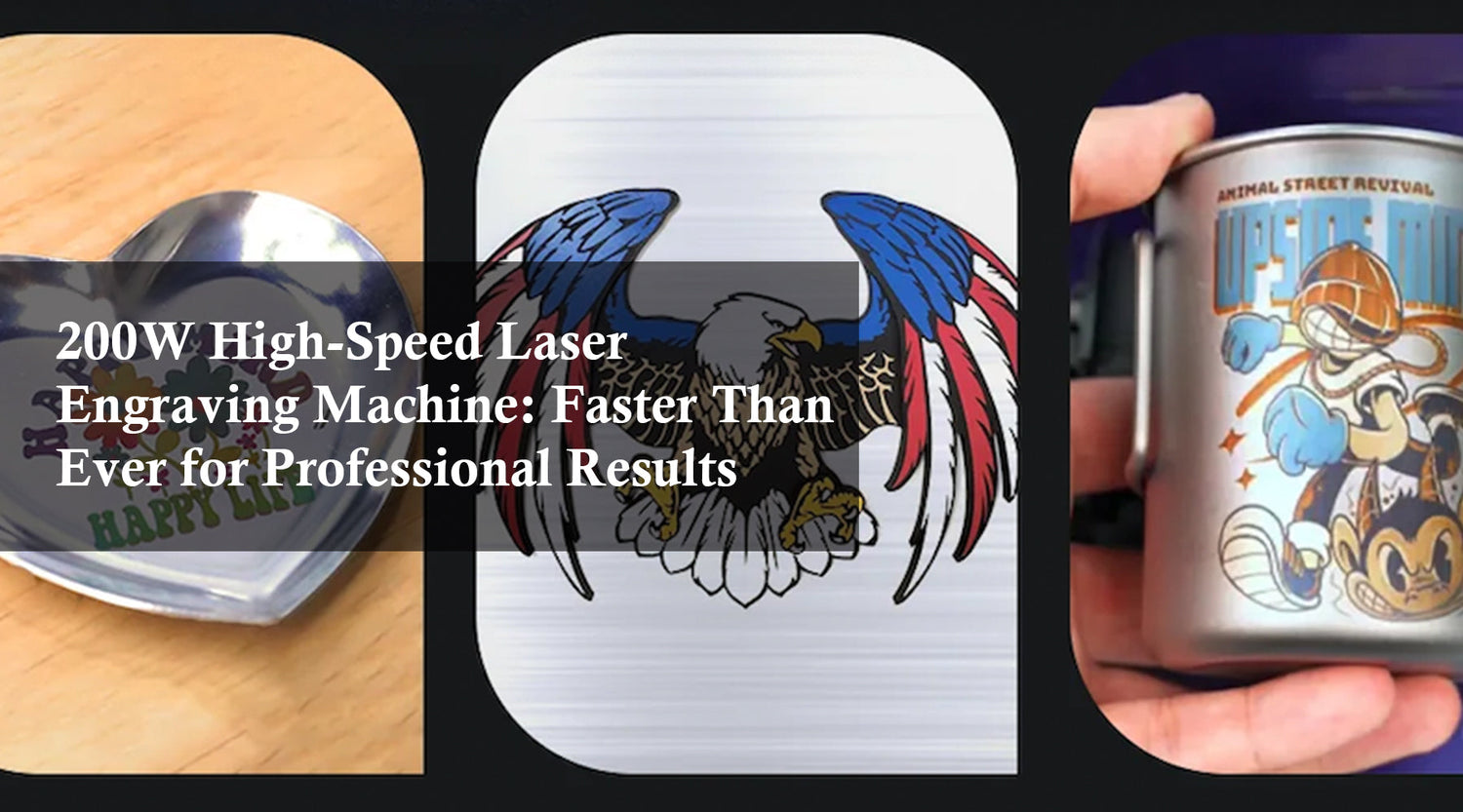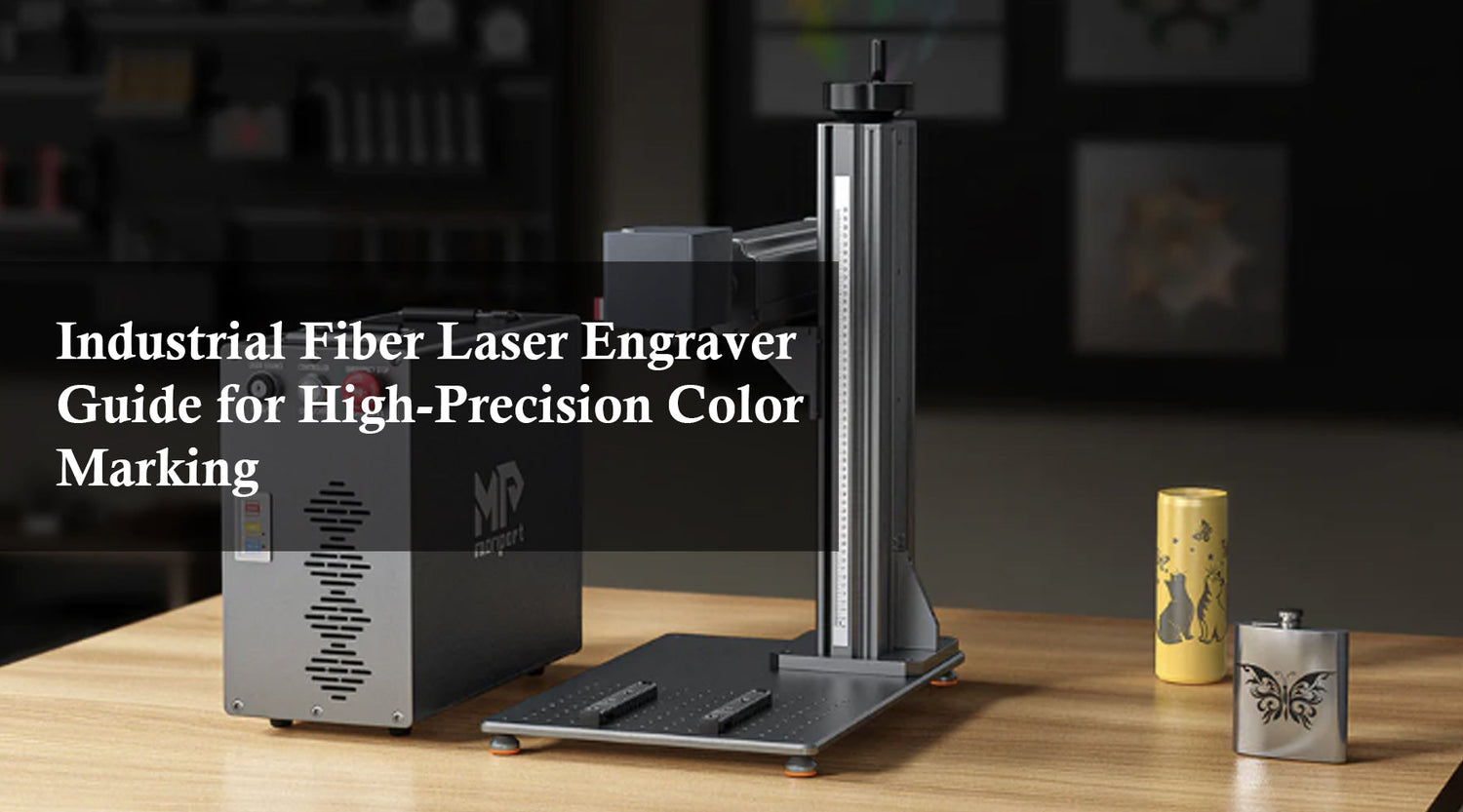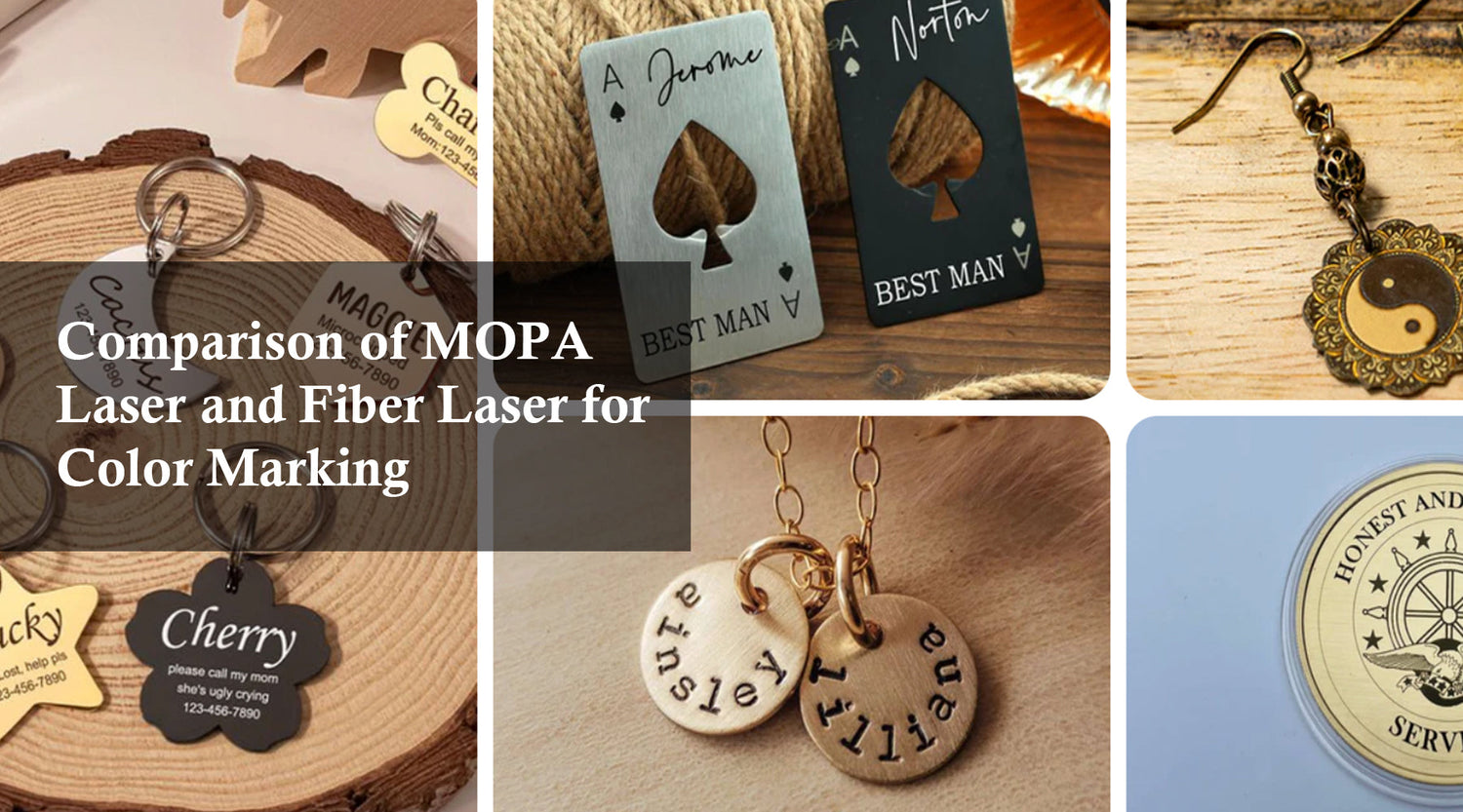In today's fast-paced world, customizing items like cell phone cases is becoming increasingly popular. Whether it's for a personal touch or a unique business opportunity, using laser engraving and cutting tools can provide precise and high-quality designs. But when it comes to laser engraving and cutting, the question often arises: CO2 vs Fiber Laser—which one should you choose for your project?
Both CO2 and fiber lasers are excellent machines, but they serve different purposes. Let’s break down the differences between these two types of lasers, particularly focusing on engraving cell phone cases. We will also introduce some of the best products, like the Monport 80W Built-in Chiller CO2 Laser Engraver & Cutter and the Monport GQ 20W Fiber Laser Engraver.
Understanding CO2 and Fiber Lasers
Before diving into the details, it's essential to understand the basic differences between these two types of lasers.
CO2 Laser:
- CO2 lasers use carbon dioxide gas to produce the laser beam.
- They are ideal for engraving non-metal materials like wood, acrylic, leather, and certain types of plastics.
Fiber Laser:
- Fiber lasers use fiber optics to amplify the laser beam.
- These are perfect for engraving metals and some harder plastics. They are faster and can produce detailed engravings on smaller surfaces.
Comparison Table: CO2 vs Fiber Laser for Cell Phone Cases
| Feature | CO2 Laser | Fiber Laser |
|---|---|---|
| Ideal Materials | Non-metals (wood, leather, plastics) | Metals, hard plastics |
| Engraving Speed | Moderate | Fast |
| Precision | High | Very High |
| Machine Size | Larger | Compact |
| Best for Cell Phone Cases | Wood, leather, softer plastics | Metal and hard plastic cases |
Benefits of Using a CO2 Laser for Cell Phone Cases
If you are working with cell phone cases made from materials like leather, wood, or acrylic, a CO2 laser is a fantastic option. The Monport 80W Built-in Chiller CO2 Laser Engraver & Cutter (36" x 24") is a powerful tool that can handle a variety of non-metal materials, making it perfect for producing personalized designs.
Key Benefits of CO2 Laser Engraving:
- Versatility: CO2 lasers can cut and engrave a wide range of non-metal materials, making them ideal for phone cases made from wood, acrylic, or leather.
- Large Working Area: The 36” x 24” workspace of the Monport CO2 laser allows you to engrave multiple phone cases at once, improving productivity.
- Ease of Use: CO2 lasers are generally more beginner-friendly than fiber lasers, which is great if you are just starting with engraving.

Advantages of Fiber Lasers for Cell Phone Cases
If you are focusing on metal or hard plastic cell phone cases, a fiber laser is the better choice. The Monport GQ 20W Fiber Laser Engraver is an excellent option for detailed and intricate designs, especially on smaller surfaces like cell phone cases.
Key Benefits of Fiber Laser Engraving:
- High Precision: Fiber lasers offer a finer beam, allowing for highly detailed designs and faster engraving.
- Speed: If you need to engrave a large number of phone cases quickly, a fiber laser will significantly reduce the time needed.
- Durability: Fiber lasers are highly durable and require less maintenance, making them a reliable choice for long-term use.

Frequently Asked Questions (FAQs)
1. Can a CO2 laser engrave metal cell phone cases?
No, CO2 lasers are typically not suitable for engraving metal. For metal phone cases, a fiber laser like the Monport GQ 20W Fiber Laser is the best choice.
2. What materials can a fiber laser engrave?
Fiber lasers can engrave metal, some hard plastics, and certain ceramics. They are not suitable for softer materials like wood or leather.
3. Which is faster, CO2 or fiber laser?
Fiber lasers are faster than CO2 lasers, especially when engraving small and detailed designs like those needed for cell phone cases.
4. Which laser is better for beginners?
CO2 lasers, such as the Monport 80W CO2 Laser, are generally more beginner-friendly due to their versatility and ease of use.
Important Details to Consider
When choosing between a CO2 and fiber laser for engraving cell phone cases, there are several important factors to consider:
- Material Type: If your phone cases are made from metal or hard plastic, a fiber laser is ideal. For softer materials like leather, wood, or acrylic, a CO2 laser works best.
- Production Volume: If you plan to produce many cases quickly, the speed and precision of a fiber laser will be advantageous.
- Workspace Size: The Monport 80W CO2 Laser offers a large engraving area, which can be useful if you need to work on multiple cases simultaneously.
- Cost and Maintenance: While fiber lasers are more expensive upfront, they are generally more durable and require less maintenance than CO2 lasers.

Takeaways
- CO2 Lasers: Best for non-metal materials like wood, leather, and soft plastics. A great choice for customizing phone cases with larger designs.
- Fiber Lasers: Ideal for engraving metals and hard plastics. If you're working with detailed designs or metal phone cases, this is the better option.
- Monport 80W CO2 Laser: A versatile and powerful CO2 laser with a large engraving area, perfect for soft material phone cases.
- Monport GQ 20W Fiber Laser: A high-precision fiber laser designed for engraving small, detailed designs on metal and hard plastic phone cases.

Conclusion
When deciding between CO2 vs fiber laser for cell phone case engraving, the key is to match the laser type with the material you're working on. A CO2 laser is versatile and great for soft materials, while a fiber laser excels in engraving metals and hard plastics. Both types of lasers have their own unique strengths, and the right choice depends on your specific needs.
If you’re interested in getting started, the Monport 80W Built-in Chiller CO2 Laser Engraver & Cutter and the Monport GQ 20W Fiber Laser Engraver are excellent machines that cater to different engraving needs. Happy engraving!












